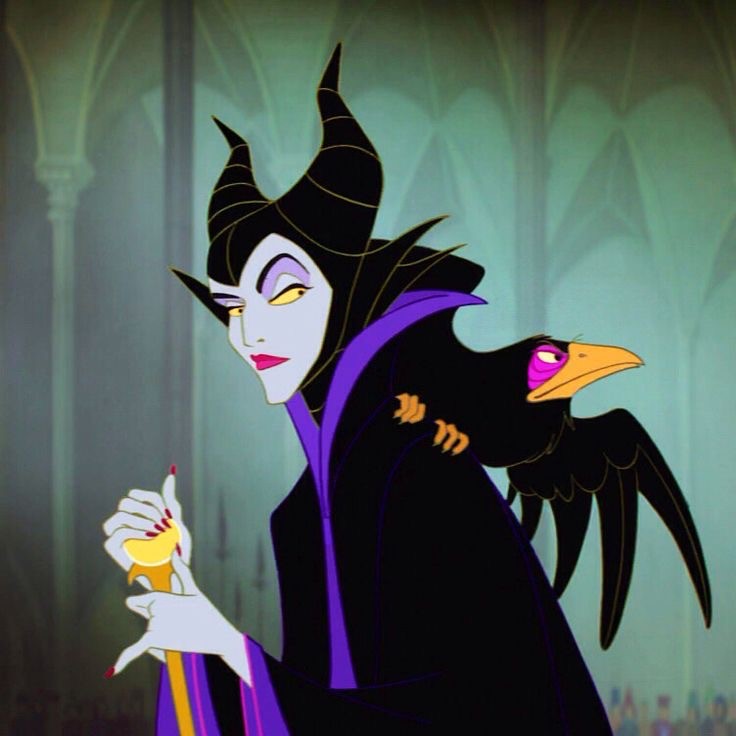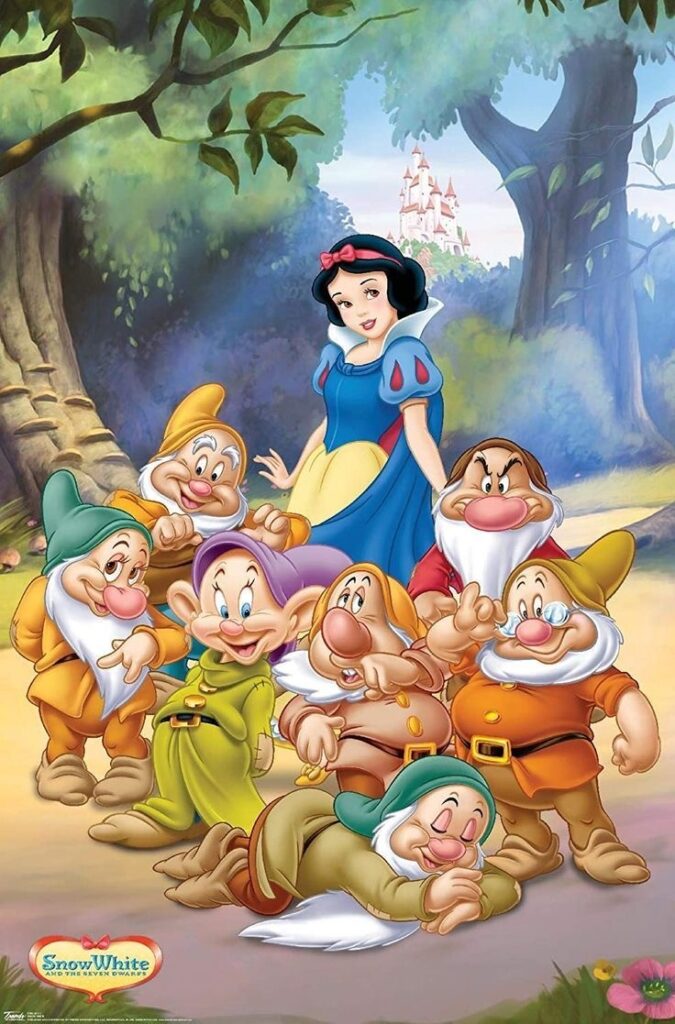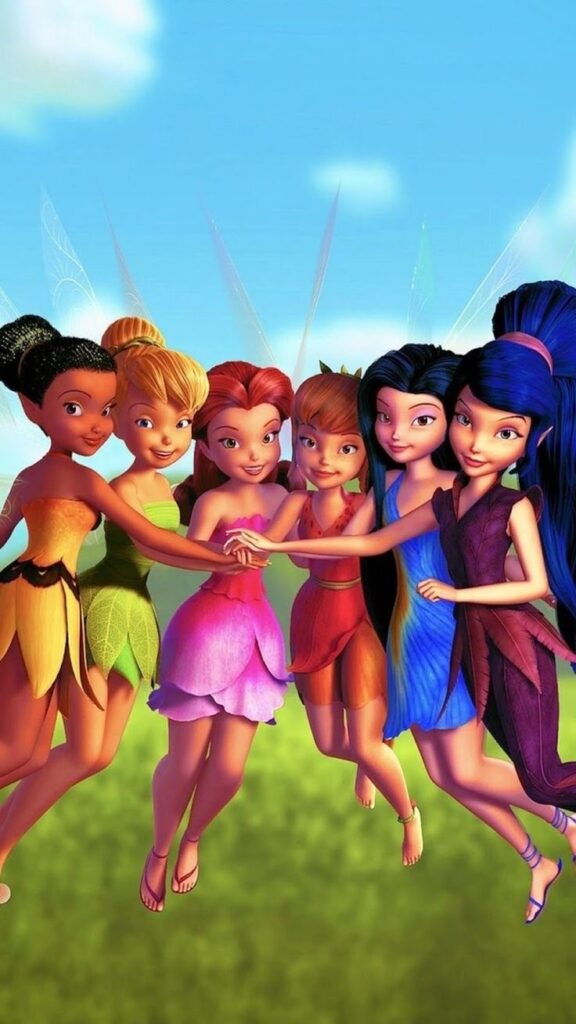Fairy tales, those beguiling chronicles weaving spells of magic, embroidered with heroes and villains, have ensnared the reverie of countless generations. These tales, a veritable alchemy of narrative, have, over centuries, transcended cultural and linguistic boundaries to metamorphose into an indelible cornerstone of our storytelling legacy. Emerging from the cocoon of oral traditions, they have unfurled their wings to take flight across the boundless realms of literature and cinema, leaving in their wake a resplendent trail that serves as a testament to their unyielding, timeless enchantment.
The roots of many fairy tales are shrouded in antiquity, their origins a riddle reverberating down the corridors of time. These stories found their lifeblood in the social interchange of spoken words for ages before the quill inscribed them into parchment. They were passed down from one generation to the next like whispered secrets down the years, carrying various responsibilities. These tales entwined themselves into the very fabric of culture, either as vehicles for the dissemination of moral instruction or as luminous threads illuminating the tapestry of fireside gatherings, where both young and old sought consolation in their ageless tales. These oral traditions, steeped in the essence of individual cultures, bestowed upon the world an intricate mosaic of folklore, each thread a unique hue in the rich tapestry of human storytelling.

Early in the 19th century, the extraordinary brothers Jacob and Wilhelm Grimm set out on a titanic journey to collect and preserve the centuries-old folktales woven into the fabric of their native Germany. This endeavour would forever change the history of folklore. Their efforts culminated in the publication of “Grimm’s Fairy Tales,” a collection that eventually came to include beloved fairy tales including “Cinderella,” “Snow White,” and “Hansel and Gretel.” The dedication of The Grimms was a turning point in the development of fairy tales since it allowed them to establish a permanent home in recorded form.
Their efforts not only conferred preservation upon these stories but also ushered them onto a grander stage, granting access to a broader audience. However, it is of paramount importance to acknowledge that the Grimms’ renditions often possessed a darker, more cautionary disposition than the familiar, sanitised iterations that now grace our collective imagination. These tales, steeped in the harsh realities of their era, were not exclusively intended for youthful readers but resonated as profound reflections of their time.

Simultaneously, throughout this time period, Danish wordsmith Hans Christian Andersen left his everlasting stamp on the realm of fairy tales. Instead of directly adapting previous folklore, Andersen’s stories showed the stamp of uniqueness, each a brilliant gem generated from the depths of his creative imagination and departing from the Grimms’ route. Tales like “The Little Mermaid” and “The Ugly Duckling” that were contained in this anthology spread out their literary feathers and enchanted readers of all ages with their everlasting themes of metamorphosis and the profound adventure of self-discovery.
Andersen’s stories, which were known for their melancholy and introspective tendencies, probed deeply into the intricate human nature and the winding labyrinth of complex human emotions. His body of work provided as a magnificent example of the always changing nature of fairy tales, eloquently reaffirming that they might go beyond the bounds of conventional narrative and serve as platforms for profound individual expression and contemplative thought.
The 20th century ushered in a profound metamorphosis within the enchanted realm of fairy tales, an evolution catalysed by the advent of animation and cinema. Walt Disney, a luminary of this epoch, sculpted iconic adaptations of timeless fairy tales, notably exemplified by “Snow White and the Seven Dwarfs” (1937) and “Cinderella” (1950). With a magical stroke of creative brilliance, Disney transmuted these narratives into a captivating visual spectacle, unveiling these stories in an entirely novel and enchanting light. Disney’s interpretations beckoned generations of wide-eyed children into the embrace of fairy tales, etching themselves as cultural monoliths that continue to illuminate our contemporary imagination.

However, Disney’s influence went beyond the world of animation, influencing creative reinterpretations and live-action adaptations as well. A new lease of life was given to these cherished stories by films like “Maleficent” (2014) and “Beauty and the Beast” (2017) that deftly looked beneath the surface of well-trodden tales, shedding new light on the motivations and untold sagas of legendary characters.
The kaleidoscope of fairy tales is still evolving in the twenty-first century. These timeless stories have been taken to heart by modern writers and filmmakers, who have given them fresh perspective through daring interpretations, creative retellings, and provocative subversions. “The Bloody Chamber” by Angela Carter (1979) stands out as a startling example, skilfully rewriting traditional fairy tales through the lens of feminism and giving them an ambitious twist. In contrast, Neil Gaiman’s “Stardust” (1998) incorporates fanciful elements from traditional tales into a complex tapestry of contemporary storytelling, creating a tapestry that appeals to readers both young and old.
Additionally, the world of fairy tales has broadened its horizons, embracing a variety of voices and cultural adaptations. Works like “The Girl with Glass Feet” by Ali Shaw and “The Night Tiger” by Yangsze Choo highlight the adaptability of these tales by deftly incorporating fairy tale motifs into stories that span the world and break through cultural barriers.

The wondrous metamorphosis of fairy tales, their journey from the echoes of oral tradition to the radiant tapestries of modern reinterpretations, resounds as a symphony to their indomitable vitality and chameleon-like adaptability. Like mythical chameleons, these tales captivate and enthrals, offering us portals into the kaleidoscope of the human experience, the labyrinthine corridors of morality, and the perpetual allure of magic and awe.Whether one delves into the cherished classics penned by the Brothers Grimm or embarks on a voyage through the innovative realms spun by contemporary maestros of storytelling, these fairy tales endure as a cherished heirloom within the vaults of our cultural heritage. They stand as living testaments to the evergreen enchantment of storytelling, a radiant beacon that perennially illuminates our path, whispering secrets of magic and wonder into the tapestry of our existence.
Sources




